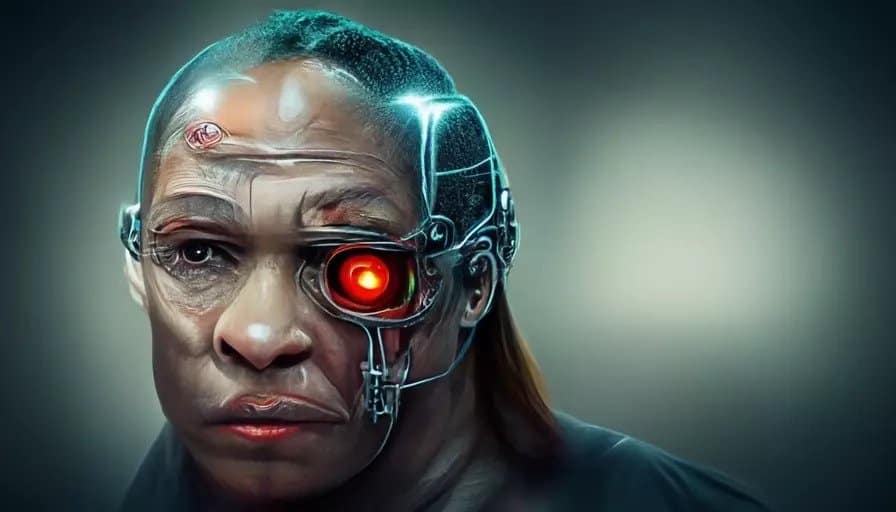“Reality is that which, when you stop believing it, doesn’t go away.” – Philip K. Dick
The explosion of interest around the concept of the Metaverse can engender confusion, as newcomers to the concept try to understand its nature and implications. This confusion can increase if the terminology is unclear. It is in everyone’s interest to converge, and come to a consensus around definitions of basic features that the Metaverse must have in order to be called such.
The Role of Reality
A fundamental misconception derives from the use of the term “virtual” associated with the Metaverse. This ‘original sin’ emerged with Jaron Lanier’s formulation of the expression “virtual reality”, and it has stayed with us ever since. Too few question its usefulness, or if it actually has a net negative effect.
Why is labeling the Metaverse virtual counterproductive? Because its digital foundation is not less real than the world of atoms supporting the physical world.
We are still not at the level of the definition of Philip K. Dick: the Metaverse can go dark if everyone stops caring about it. We can turn off the lights, and leave, and it will stop existing. However, with every passing week, month, and year, the digital infrastructure supporting the Metaverse becomes ever more solid. There will be a time soon, when we will know it is the place where we are living, where we have truly become our new selves.
Metaverse Economies
The advanced economies in the world are growing mostly through their service economies. Until we fully embrace a circular economy, being able to completely recycle physical products, focusing growth in services is a happy outcome, the one that creates the minimum amount of environmental damage. (It is actually likely that future spurts of physical production will be space based, but that’s the subject of another article.)
Services, quite naturally, are digital today. As a consequence, it is possible to plot the transformation of the GDP of the world, per unit of energy, shifting from physical to digital. This trend is not going to reverse, it is actually going to accelerate. Software has eaten the world. The next step is for us to gain a steady foothold in this new world that has emerged.
The economies based on the Metaverse will thrive with new possibilities. We have so many questions to answer. What are sustainable products and services that can be offered in the Metaverse? What rules of the physical world usefully apply, and which should be gleefully discarded? What challenges do the interfaces between the physical and digital realities represent? It is certain that we don’t even know yet what the vast majority of the questions we should be asking are!
Why Should We Embrace the Metaverse?

The world of software is rich in solutions that yearn for a degree of automation that can eliminate the human in the loop. Too many times we are the slowest, and least reliable component in processes that without us would become much faster, efficient, and productive. According to Bill Joy the future doesn’t need us.
Our role in the world will change, while some characteristics of human nature will stay the same. Our being social animals, the desire to meet, communicate, compare, compete, is not going to go away, just because we live most of our lives in the digital world, rather than the physical world.
With the open nature of the future comes the opportunity to experiment, and find out what doesn’t work, repeating the natural and unavoidable lessons of failure, until we do find what actually works. At that point we can scale and build on the foundations. Being able to learn from these experiences is key, keeping the eye on the long term ambition, accepting the setbacks as part of the journey.
The Metaverse is the digital reality where humans can gather, to play, to work, to socialize, and to dream about our shared future. A place where we can experiment, what it means to be human, in a world shared with AIs, and robots. Let’s embrace it, and accept it as fully real.





